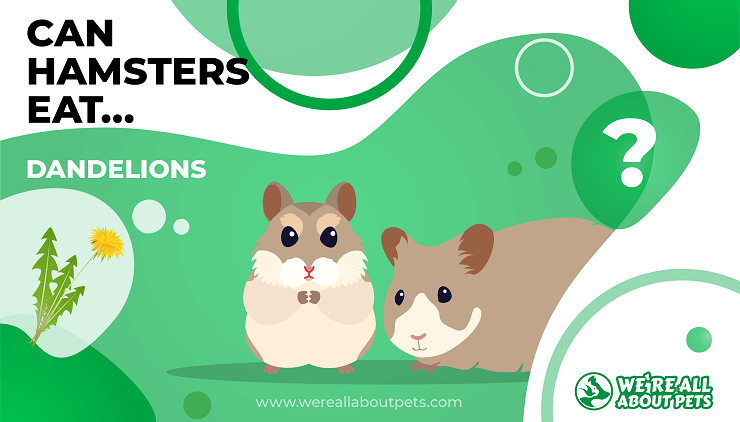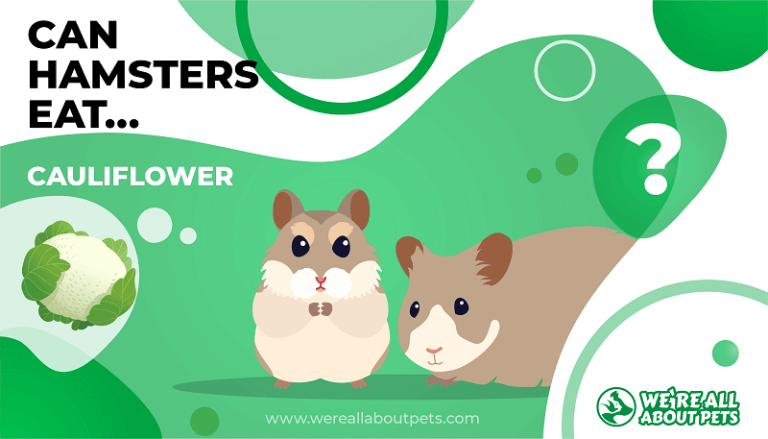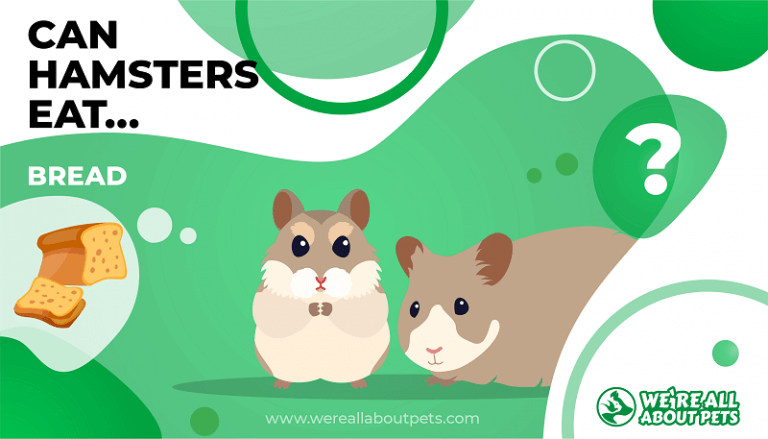Can Hamsters Eat Pears?
This page contains affiliate links. We may earn money or products from the companies mentioned in this post through our independently chosen links, which earn us a commission. Learn More
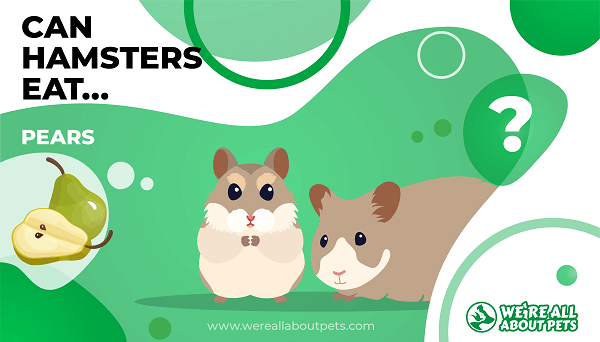
Ripe pears are versatile enough for luscious desserts – yet they make a fantastic addition to salad. If pears are among your favorites, you’re probably wondering if it’s OK to share them with your pet.
Can hamsters have pears, and if so, how much can they have at one go? And, how often can you give pear to a hamster, anyway?
First things first. Pears are OK for hamsters – but only in very small amounts and not every day. There’s a lot to learn so keep reading! Soon you’ll know about pears for hamsters, and you’ll be able to decide whether this is a treat you want to offer your pet.
Can Hamsters Have Pears?
If you love the unique flavor and texture of pears, you’re in luck. They’re actually very good for you – and they’re not too bad for your hamster! A medium-sized ripe pear offers:
- 103 calories
- 5 g carbohydrates
- 5 g fiber
- .7 g protein
- .2 g fat
Pears Nutritional Facts for Hamsters
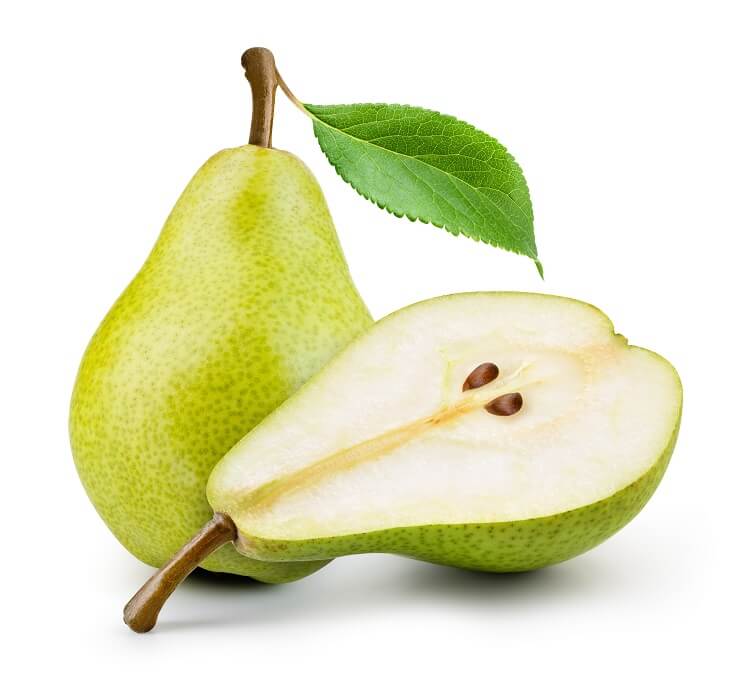
When it comes to nutrients, pears have plenty to offer. That same ripe, medium-sized pear gives you approximately:
- 9 iu vitamin A
- 212 mg potassium
- 5 mg vitamin C
- .1 mg manganese
- 5 mg magnesium
- .1 mg pantothenic acid
- .1 mg copper
- .2 mg zinc
- 6 mg phosphorus
- 8 mcg vitamin K
- 5 mcg folate
Can Syrian & Dwarf Hamsters Have Pears?
Yes! All types of hamsters can have pears.
Here’s where things get a little bit tricky. The riper and juicier the pear, the less you’ll want to give your pet.
If your pears are just barely ripe and still a little crisp, they’re perfect for sharing with your hamster. Pears in this condition are ok (in very tiny amounts!) even for dwarf hamsters but very ripe ones are so high in sugar that they’re better to enjoy on your own.
Are Pears Good For Hamsters?
Yes and no. The nutrients pears contain can benefit your pet if their portion is on the crisp side. But if that pear is super-ripe and really sweet, the excess sugar means this snack can do more harm than good.
Do Hamsters Like Pears?
Let’s put it this way: We’ve never met a hamster that didn’t like pears! Most hammies love to nibble a bit of pear every now and then.
How Much Pear Can A Hamster Eat?
The short answer is “not much!” Here’s how much pear to feed your hamster:
| Age | Amount |
| Baby hamster | None |
| Adult hamster | 1 thin pear slice (crisp pears preferred) |
If you have a dwarf hamster or another tiny hamster breed, you’ll want to give them even less than a slice – a quarter of a thin pear slice might be just enough. Just like we humans are at our healthiest when we keep the sweet treats to a minimum, hamsters are best off when their sugar intake is tightly controlled.
There’s more: Like most new foods, you’ll want to introduce pear treats slowly, offering about a quarter of the total portion at first and watching for signs of diarrhea and an upset tummy. Pears and other sweet foods can cause some gas and bloating when the digestive system is unprepared, so tiny bits are best!
If your hamster seems fine and likes pear, then you can gradually increase their portion size until they’re eating the full amount. Just make sure you don’t offer it on the same day as you provide other treats that can cause gas – broccoli, cauliflower, and brussels sprouts come to mind!
How Often Can A Hamster Eat Pears?
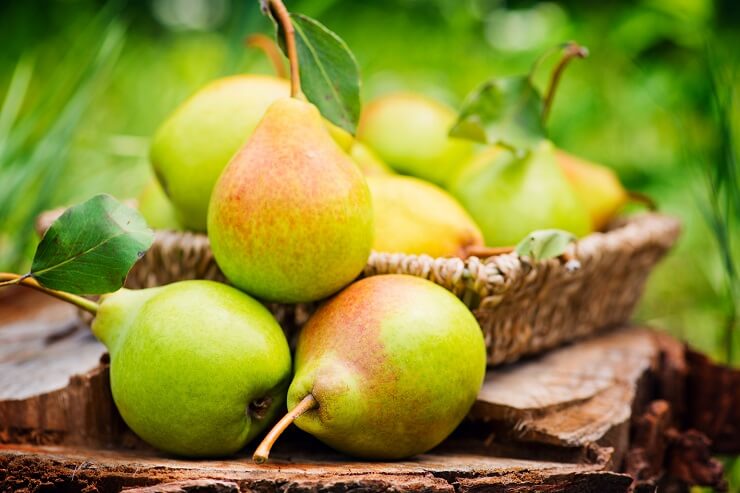
Pears are a “once in a while” treat that hamsters can enjoy in moderation. You can offer a little bit once every week, or perhaps twice if the pears are barely sweet.
Whatever you do, don’t give your hamster pear on the same day as other sweet fruits are offered unless you cut all the fruits down into smaller portions and offer no more than about a teaspoon at once. If you have a dwarf hamster that’s extra sensitive to sugar, try to minimize sweets even further.
The Correct Diet Is Important
So, what exactly do hamsters eat, anyway? The answer might surprise you.
A hamster’s natural diet consists of all kinds of surprising things, because these cuddly little fuzzballs are omnivores! Hamsters are capable of eating animal protein – in fact, they love mealworms and crickets, and they often enjoy tiny bits of hard-boiled egg.
Of course, there’s no need to offer any of these unusual treats if the thought doesn’t appeal to you. High-quality hamster food contains all the nutrients needed, no “ick” factor required!
Besides nutritionally complete hamster pellets, here’s what to feed your pet each day:
- Fresh Timothy hay: Although it’s not a necessary component in their daily diet, hay and comfortable bedding are essential for your hamster’s overall well-being. Both are useful for nesting and the hay is great for nibbling and wearing down teeth.
- Tiny portions of fruit and vegetables: Give only the amount your hamster will eat all at once, just once per day or once every other day. Remove any excess when your pet stops nibbling since spoiled food can make your hamster very sick.
- A little bit of birdseed: You can skip this if your hamster’s food already contains lots of seeds – but do consider offering a teaspoon of birdseed every week just to give your hammy a little more beneficial fat.
- Unlimited amount of clean, fresh water: Your hamster needs to drink plenty of water, so take a moment to rinse and refill their drinking bottle every day.
The last item on our list of hamster essentials isn’t exactly food, but it’s something that many new hamster parents don’t realize their pets need.
Since your hamster’s teeth never stop growing, it’s important to make sure that hamster toys and items like untreated softwood, hay cubes, and coconut shell are available. Without something to gnaw, your hamster’s teeth could become overgrown and painful. Besides, fun chewable items make life in a hamster habitat a whole lot more exciting for your pet.
What Are Other Healthy Alternatives To Pears In A Hamster’s Diet?
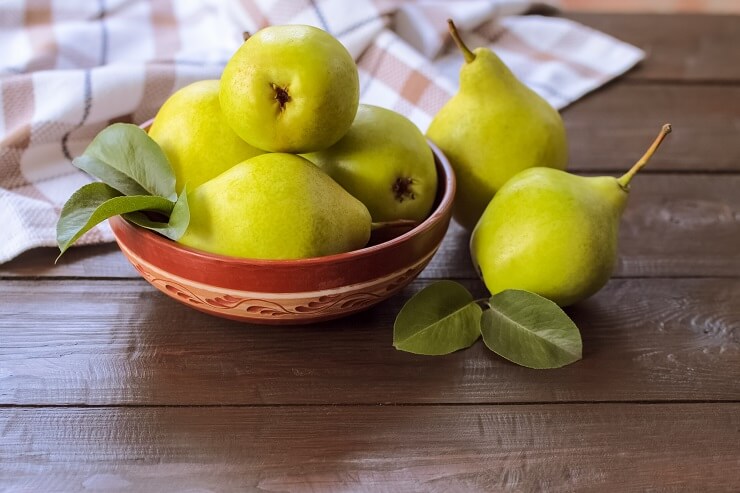
Hamsters can eat a vast variety of foods. In fact, many human favorites are as enjoyable for them as they are for us!
Here’s a quick list of some foods hamsters like:
- carrot
- carrot tops
- beets
- beet tops
- potato (cooked only)
- sprouts
- watercress
- green beans
- cucumber
- zucchini
- celery
- bell pepper
- parsnip
- asparagus
- baby corn
- sweet corn
- cabbage
- artichoke
- spinach
- butter lettuce
- bibb lettuce
- cilantro
- basil
- mint
- parsley
- romaine
- arugula
- swiss chard
- endive
- escarole
- rocket
- bok choy
- yu choy
- buttercrunch lettuce
- summer squash
- winter squash
- pumpkin
- sweet potato
- tomato
- broccoli
- broccolini
- cauliflower
- okra
There are lots of veggies on this list but they’re just the beginning!
There are many other foods that your hamster will enjoy, so feel free to get adventurous. Because some items aren’t safe or need to be offered in extra-small quantities, you’ll want to check up on each new addition to your hamster’s menu before you give it to them.
Now that you know giving your hamster pear (just in small amounts!) is a fun way to add variety to their diet, why not offer a bit and see how they respond?
The odds are good that they’ll happily nibble away!
Frequently Asked Questions
Are pears safe for hamsters?
Yes, just remember to wash the pears well and be sure that they’re fresh. Also, make sure to offer your hamster crisp pears that aren’t too sweet instead of very ripe, sticky ones.
Can pears make my hamster sick?
Since pears can cause digestive distress if overeaten, it’s important to offer the correct amount. It’s also important to provide your hamster with a gradual introduction to pear and any other new food you plan to offer.
Can my hamster eat canned pears?
Tinned or canned pears aren’t safe for your hamster as they contain lots of added sugar. Stick to fresh, crisp pears in very small quantities.






